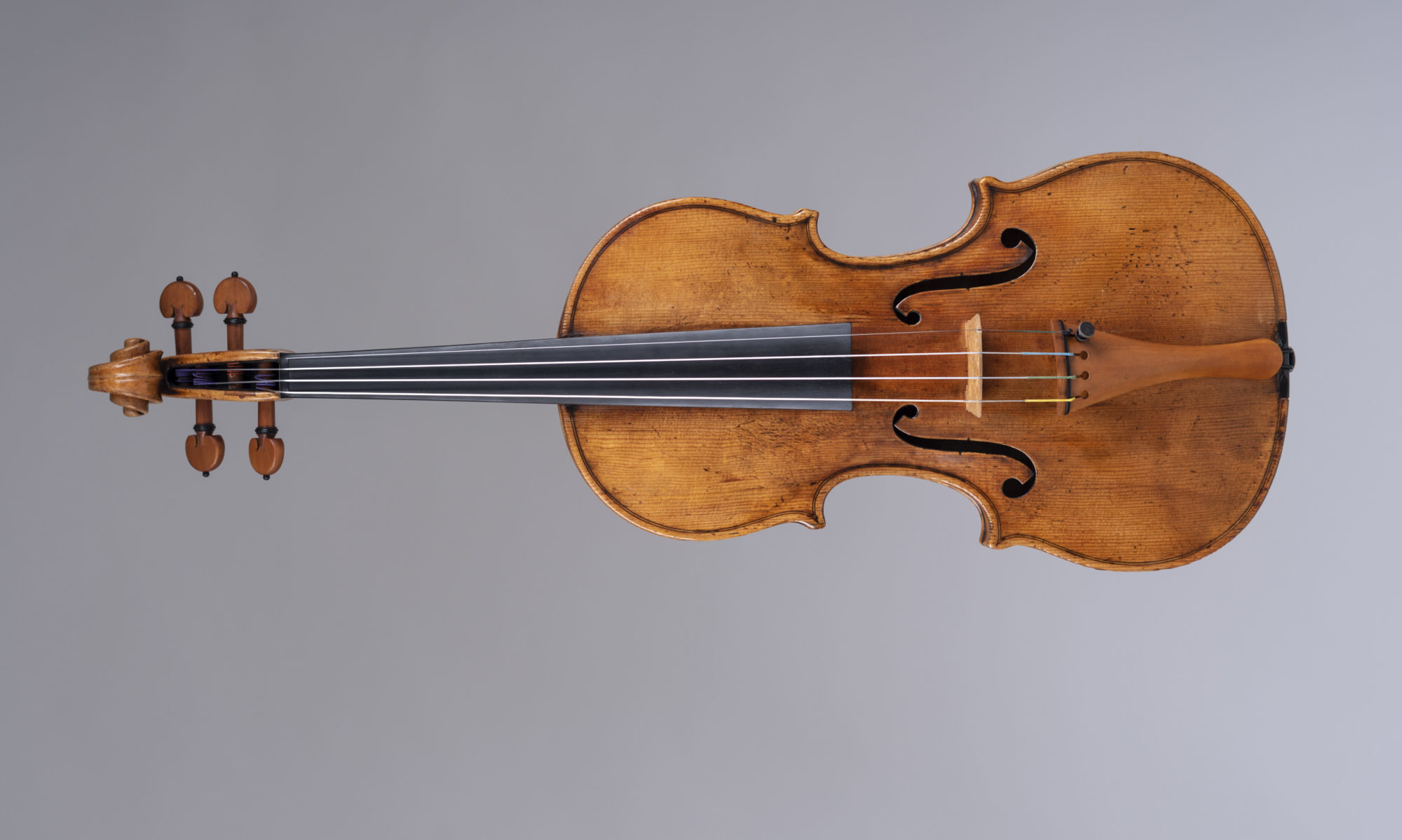
Nemessányi Sámuel Félix 1837-1881
Nemessanyi Samuel Felix was born on January 12th, 1837 at Lipótszentmiklós. A restless, wandering spirit was an early trait. His father caused him to become trained in the art of glass-blowing but he soon turned his talents to cabinet-making and at eighteen he went to Pest (now Budapest) as an apprentice in that wood-working branch. Nearby the shop in which he worked was that of the then famous violin maker Johann Baptist Schweitzer. The ambitious young man made the acquaintance of Schweitzer’s gifted assistant Thomas Zach, who was admitted to the Schweitzer establishment as apprentice. Association with the two worthy masters was reflected in such rapid accomplishment that the usual period of four years of training was completed in three and Nemessányi was provided with his credentials as journeyman apprentice April 5th, 1858, permitting him to travel and continue to learn and gain experience in other cities and under other masters. By advice from Schweitzer, he went to Prag, where the Hungarian Anton Sitt, a highly gifted maker and former Schweitzer pupil, was established. During his subsequent connection with Sitt, Nemessányi gained further proficiency and also had opportunity to handle and study many fine Italian instruments. After one year at Prag, then still young but old in practice and knowledge, he returned to his native land a finished master and first settled at Szeged. There he made the acquaintance of one of the loveliest maidens of the town, Anna Boldizsár, the eighteen.year-old daughter of Stefan Boldizsár, eminent and wealthy organist at the cathedral, and on January 21st 1861, was married to her. Repeated calls from Pest, where his name was already well known and his ability respected, finally led him to go there; on April 4th, 1863, he was recipient of the diploma of Master in Pest Violin-maker Guild. Although at that time the scene of a great musical revival, Pest was then not noted for its violin makers: Franz Tischinant, Karl Brotsko and the elder Patzelt died about then as also, shortly after, Karl Brandl. The younger Patzelt and Labinger removed elsewhere, and with Alois Engleder and Johann Gründler on the spot, Nemessányi found no serious competition. His old friend and master Zach also departed Pest soon after, so that his only rival was in Adolf Mönnig who, however, was not his equal in either talent or ability but who profited greatly through the influence and example of Nemessányi. Mönnig produced some really outstanding works, particularly cellos, in which Nemessányi’s style is evident, during the following years. The master continiously could make his high-graded instruments and on March 5th, 1881, he suffered a stroke on the street outside his home and within a short time passed away in death.
